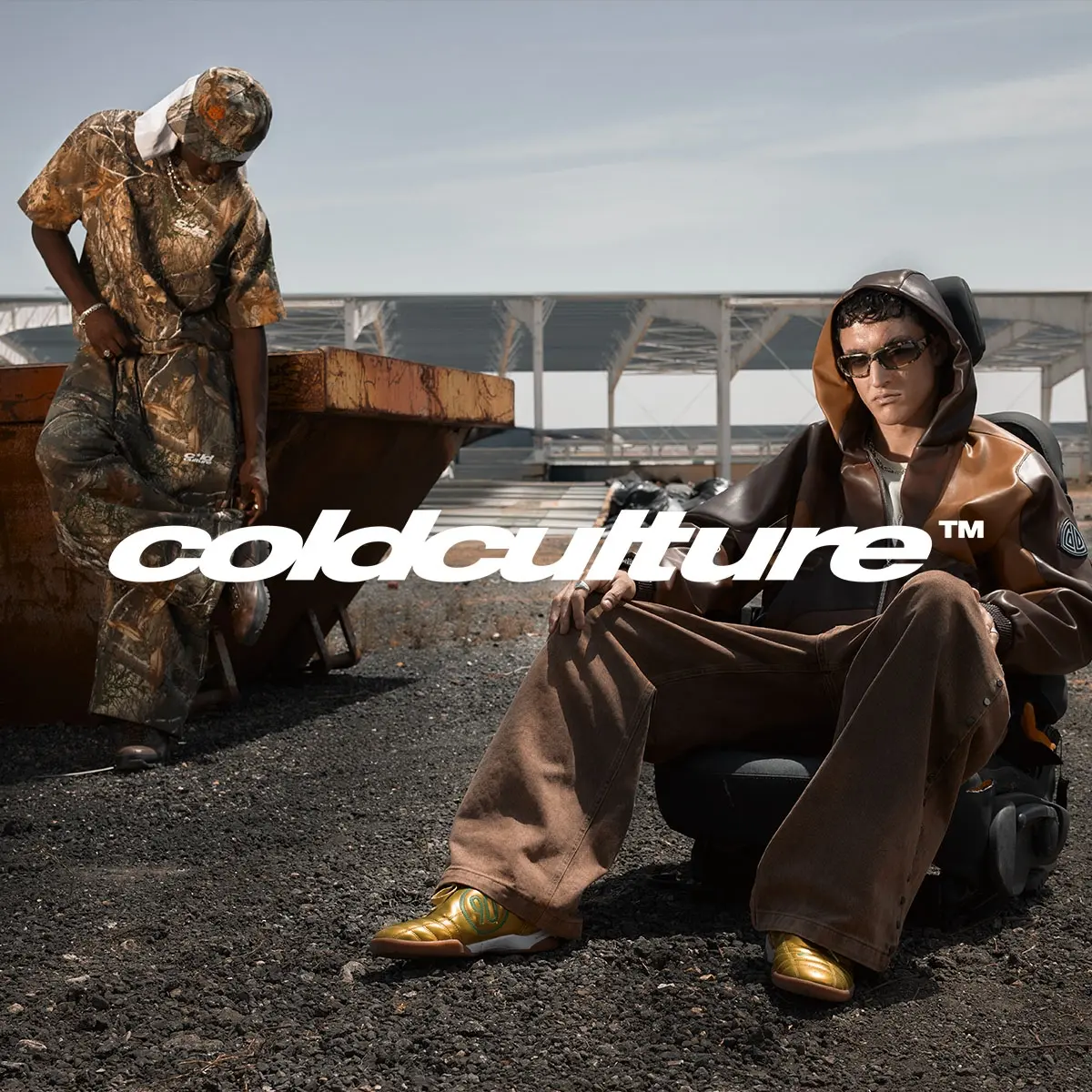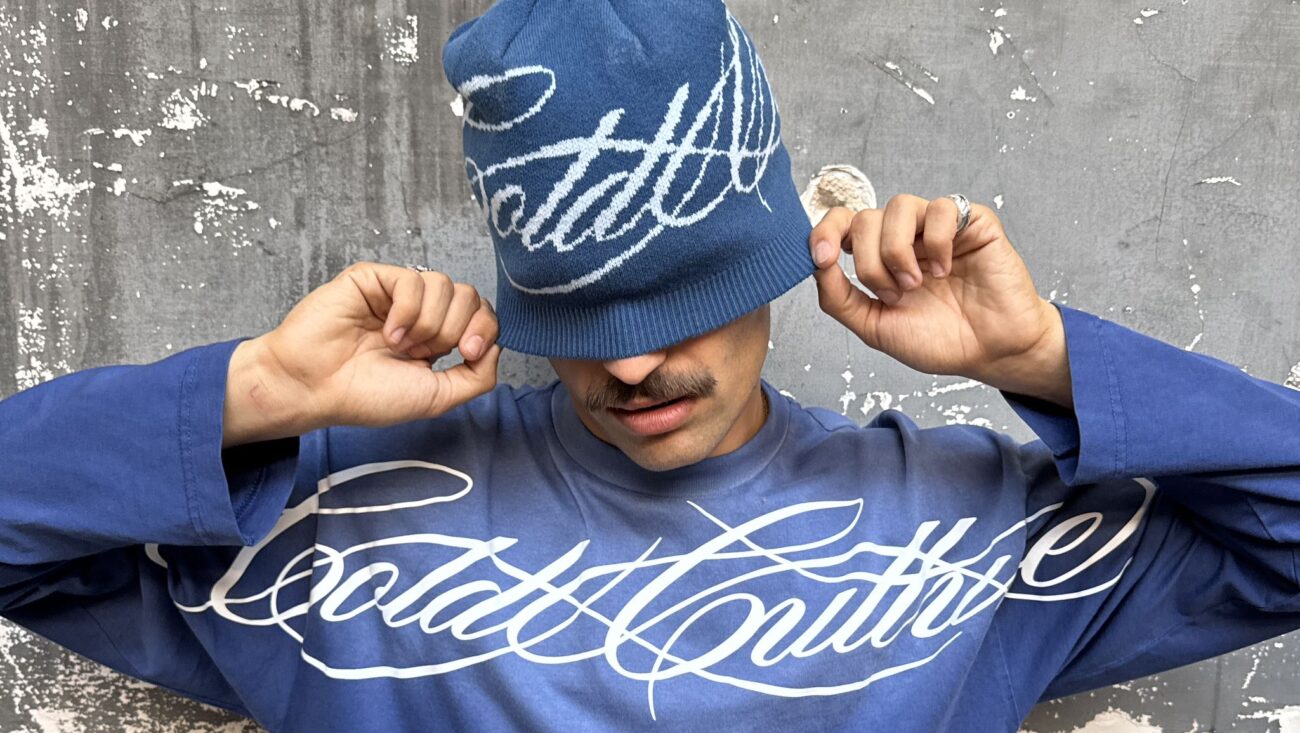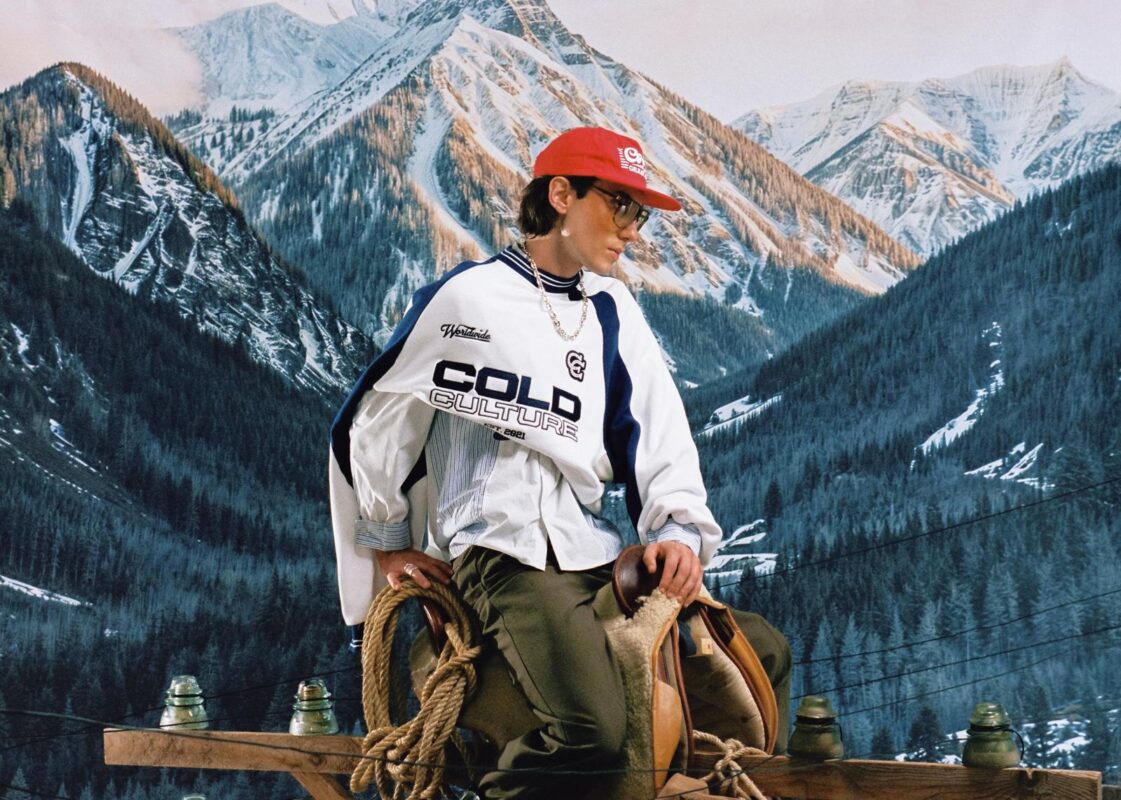In the world of fashion, where creativity meets culture, a new name is making waves — Cold Culture. Rooted in minimalism yet deeply expressive, this modern streetwear brand has redefined how style interacts with self-expression. In a short time, Cold Culture has built a devoted following, attracting fashion lovers who appreciate simplicity, quality, and individuality. But what exactly is Cold Culture, and how did it become one of the most talked-about streetwear labels of recent years? Let’s dive into the story behind the brand, its philosophy, and why it’s shaping the future of contemporary street fashion.
The Birth of Cold Culture
Cold Culture is a relatively new entrant in the fashion world, believed to have been founded in Madrid, Spain, around 2021. Despite its young age, the brand has quickly risen to prominence through its refined aesthetics and modern identity. Unlike brands that rely on flashy graphics or oversized logos, Cold Culture stands for calm confidence — a type of cool that doesn’t need to shout to be seen.
The name itself perfectly captures the brand’s philosophy. “Cold” represents composure, control, and clarity — an aura of effortless confidence. “Culture” reflects community, creativity, and the shared energy of modern urban life. Together, they form Cold Culture — a symbol of stylish minimalism infused with cultural awareness.
The Vision Behind the Brand
At its core, Cold Culture believes fashion is not just about what you wear — it’s about how you feel wearing it. The brand focuses on creating timeless pieces that allow individuals to express themselves authentically. Every garment is designed to convey “bold, calm, and cultural” energy — the brand’s guiding mantra.
Instead of following fleeting trends, Cold Culture crafts clothing meant to outlast seasonal hype. It values simplicity and structure over excess. Each piece — whether a hoodie, sweatshirt, or pair of sweatpants — is designed to provide comfort without compromising on sophistication. This fusion of function and form has become the defining feature of Cold Culture’s identity.
Design Philosophy: Minimalism Meets Urban Edge
Cold Culture has mastered the art of quiet luxury in streetwear. The brand’s collections feature neutral tones, clean silhouettes, and premium fabrics, combining elegance with everyday wearability. Every piece speaks the language of minimalism — understated yet powerful.
The design approach reflects influences from both European fashion sensibilities and global street culture. While its roots are in Madrid, its inspiration comes from the streets of cities like Los Angeles, London, and Tokyo — where streetwear is not just fashion but a lifestyle. Cold Culture merges these influences into something unique: a calm, refined version of streetwear that celebrates authenticity.
The attention to detail is what truly sets the brand apart. From precisely stitched seams to balanced fits, Cold Culture ensures that every product embodies comfort and confidence. The clothing isn’t just meant to look good — it’s meant to feel right.
Signature Pieces and Collections
Cold Culture’s catalog features essential streetwear staples reimagined through a minimalist lens. Some of its most popular items include:
-
Cold Culture Hoodies: Crafted from heavyweight cotton blends, offering a relaxed fit and soft texture. They often feature subtle embroidered or printed logos, making them ideal for both casual and stylish wear.
-
Sweatshirts & Crewnecks: Designed with simplicity in mind, these pieces combine comfort with structure, perfect for layering or standalone styling.
-
Sweatpants and Cargo Pants: Relaxed yet tailored, made from premium materials for durability and ease.
-
T-Shirts: Simple, high-quality basics that complement any outfit — proof that minimalism can be bold when executed right.
-
Outerwear: From puffer jackets to technical windbreakers, Cold Culture outerwear balances functionality with sleek design.
The brand frequently releases limited-edition drops, creating excitement and exclusivity among fans. This approach aligns with the modern streetwear model — limited supply builds anticipation and community engagement.
A Global Aesthetic with Local Roots
Although based in Spain, Cold Culture has managed to gain traction worldwide. Its global appeal comes from its versatility and universal message. The designs are not tied to one culture or region; instead, they reflect the interconnected nature of modern fashion.
Madrid, a city known for its rich artistic culture and growing fashion scene, serves as the perfect backdrop for Cold Culture rise. The brand takes inspiration from the city’s fusion of tradition and innovation, translating that spirit into every collection. Yet, its outlook is global — celebrating diversity and creativity across borders.
In this sense, Cold Culture stands as a bridge between European craftsmanship and international streetwear culture — an intersection where clean design meets cultural expression.
Quality and Sustainability
Another reason for Cold Culture’s growing popularity is its focus on quality craftsmanship. The brand prioritizes the use of premium fabrics, ensuring durability and comfort in every garment. This attention to material selection not only enhances the wearer’s experience but also promotes sustainable consumption by encouraging long-lasting use.
While Cold Culture hasn’t positioned itself as an overtly “eco-conscious” brand, its emphasis on quality over quantity aligns with sustainable fashion principles. By producing pieces that are timeless and durable, it discourages fast-fashion habits and promotes a more mindful approach to clothing.
The Influence of Culture and Community
Beyond fashion, Cold Culture is about belonging. The brand has cultivated a community of individuals who share an appreciation for understated aesthetics and cultural awareness. Through its campaigns and visuals, it celebrates real people — artists, creatives, and everyday individuals who embody the spirit of calm confidence.
Its social media presence reflects this community-driven ethos. Instead of simply showcasing products, Cold Culture tells stories — stories of creativity, resilience, and individuality. This human-centric approach resonates deeply with Gen Z and millennial audiences who value authenticity and connection over commercialism.
Why Cold Culture Stands Out
In a market saturated with loud graphics and fast-moving trends, Cold Culture offers something refreshingly different — silence that speaks volumes. Its strength lies in subtlety. The brand understands that true style doesn’t need to scream for attention; it commands it quietly.
Cold Culture’s minimalist approach sets it apart from traditional streetwear giants. While many brands rely on hype and logos, Cold Culture relies on design integrity, emotion, and experience. It’s fashion for those who appreciate detail — those who see beauty in simplicity.
The Future of Cold Culture
As Cold Culture continues to grow, its influence on modern streetwear is undeniable. The brand represents a shift in how consumers view fashion — moving from excess toward elegance, from hype toward harmony. It’s not just creating clothes; it’s shaping a mindset.
Looking ahead, Cold Culture has the potential to expand into new markets and collaborations. With its strong foundation in design, community, and philosophy, it could easily evolve into one of the defining brands of this decade. Whether through limited collections, new global stores, or creative partnerships, the brand’s journey is only just beginning.
Conclusion
Cold Culture isn’t just a brand — it’s a movement. A movement that champions calm over chaos, simplicity over noise, and authenticity over imitation. In a world where trends change by the minute, Cold Culture reminds us that true style is timeless. It’s not about being seen the loudest — it’s about being remembered for your presence.
From its Madrid roots to its global influence, Cold Culture continues to redefine what streetwear means in the modern age. For those seeking clothing that reflects confidence, creativity, and calm sophistication, Cold Culture is not just fashion — it’s a lifestyle.







